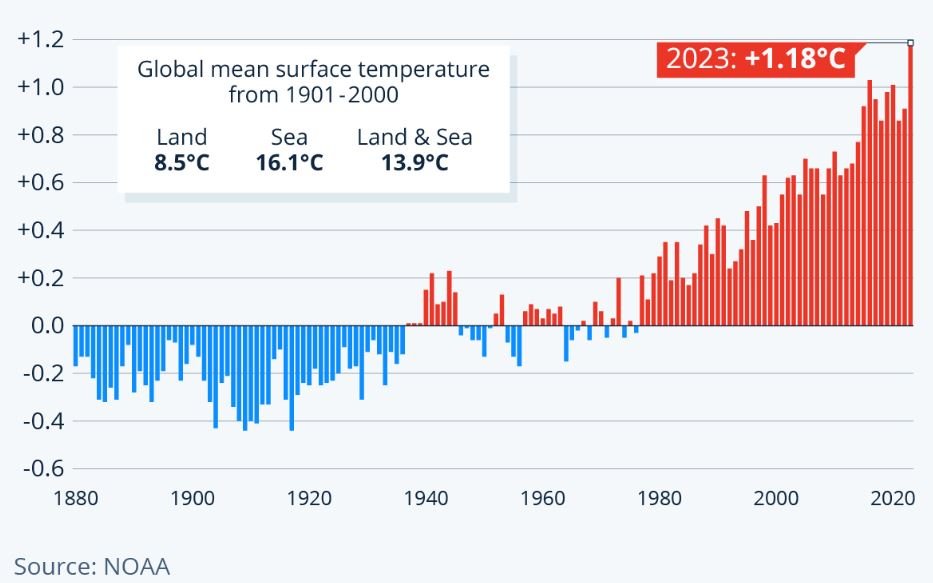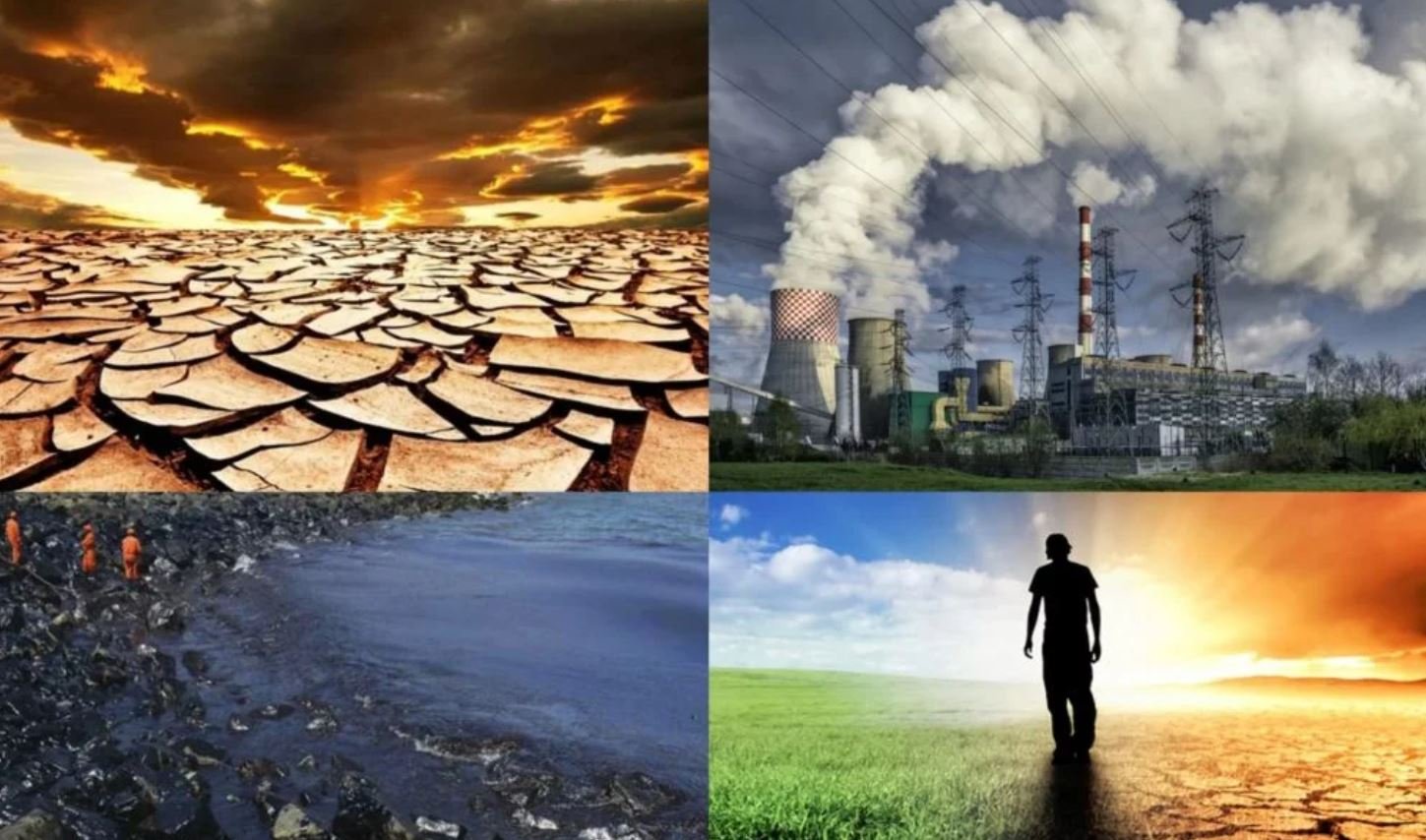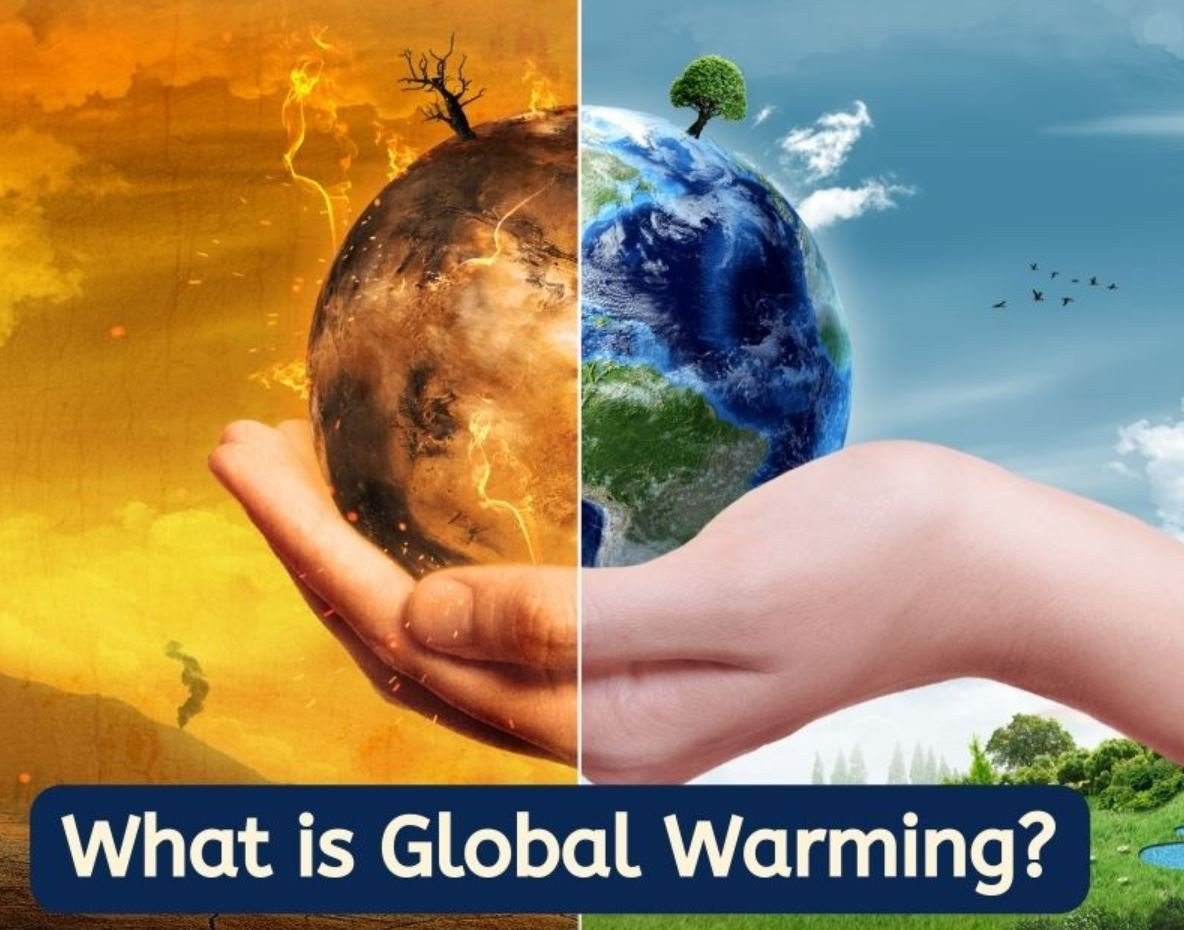Global warming is human-caused and can be defined as the gradual increase in the earth’s surface over a long period of time due to the increase in the level of greenhouse gases in the atmosphere.
Global warming is a weather phenomenon that has recently increased its impact and causes climate disasters in all countries. While the melting of glaciers is the biggest visible impact, storms and floods are increasingly disasters.
What is Global Warming?
Global warming is defined as the increase in world temperature. This increase in temperature has been caused by human-induced greenhouse gas emissions such as methane (CH4), carbon dioxide(CO2), nitrous oxide (N2O), CFCs (Chlorofluorocarbon) and other pollutants.
Increasing the use of fossil fuels, decreasing forests, and increasing the use of harmful gases such as carbon dioxide and methane in agricultural practices and industry increase the greenhouse effect. The Earth’s temperature has increased by an average of 0.6°C in the last 30 years due to global warming. By the end of 2023, the increase was 1.8°C.

Causes of Global Warming
There are two main reasons for global warming. These:
- Human-induced causes
- Natural causes
Human-induced Causes
Deforestation
People have reduced forest areas by cutting down many trees in the name of opening residential areas or expanding mining areas. Since forests reduce the amount of CO2 and increase the amount of O2, decreasing forests means increasing CO2 and greenhouse gases.
Agriculture
Although agriculture is very important for life, chemical gases used for agricultural processes are harmful to human health and cause the formation of greenhouse gases.
Industrial Processes
Industrial Processes are a great necessity for the development of industry. However, chemicals used in industrial processes release gases such as CO2, methane (CH4), and nitrous oxide (N2O).
Chlorofluorocarbons (CFCs)
Chlorofluorocarbons are generally used in cooling processes, and the first gases found were harmful to the ozone layer and the environment. Today, harmful Chlorofluorocarbons are banned and are used with less harmful gases. However, the escape of these gases into the atmosphere increases the greenhouse effect.
Natural Causes
Natural causes generally occur due to reasons such as lava and gases released as a result of volcanic eruptions, earthquakes and landslides. Natural causes have been occurring for thousands of years, and when combined with human influence, the amount of greenhouse gases is much higher.
Can Global Warming Be Prevented?

Since Global Warming is caused by people’s behavior and consumption, it is in the hands of people to prevent global warming and reverse the impact. However, people do not want to give up their comfort zones, so states are trying to take precautions against global warming with laws.
The first big step to combat climate change was the Kyoto Protocol signed in 1997. The protocol entered into force in 2005 and countries signed it.
Countries that have signed this protocol have pledged to reduce emissions of carbon dioxide and five other gases that cause the greenhouse effect, or, if they cannot do so, to increase their rights through carbon trading.
Renewable Energy
With the development of technology, the demand for energy has increased more than ever. The greenhouse gas effect is increasing due to the CO2 emissions of fossil fuels. Investments in renewable energy (solar energy, wind energy, etc.) that do not emit CO2 are increasing day by day, but CO2 emissions are also constantly increasing.
It seems possible to reduce greenhouse gas emissions with greater use of renewable energy systems. Countries need to support individual users in this context. Users should be encouraged with practices such as tax reductions and incentives.




